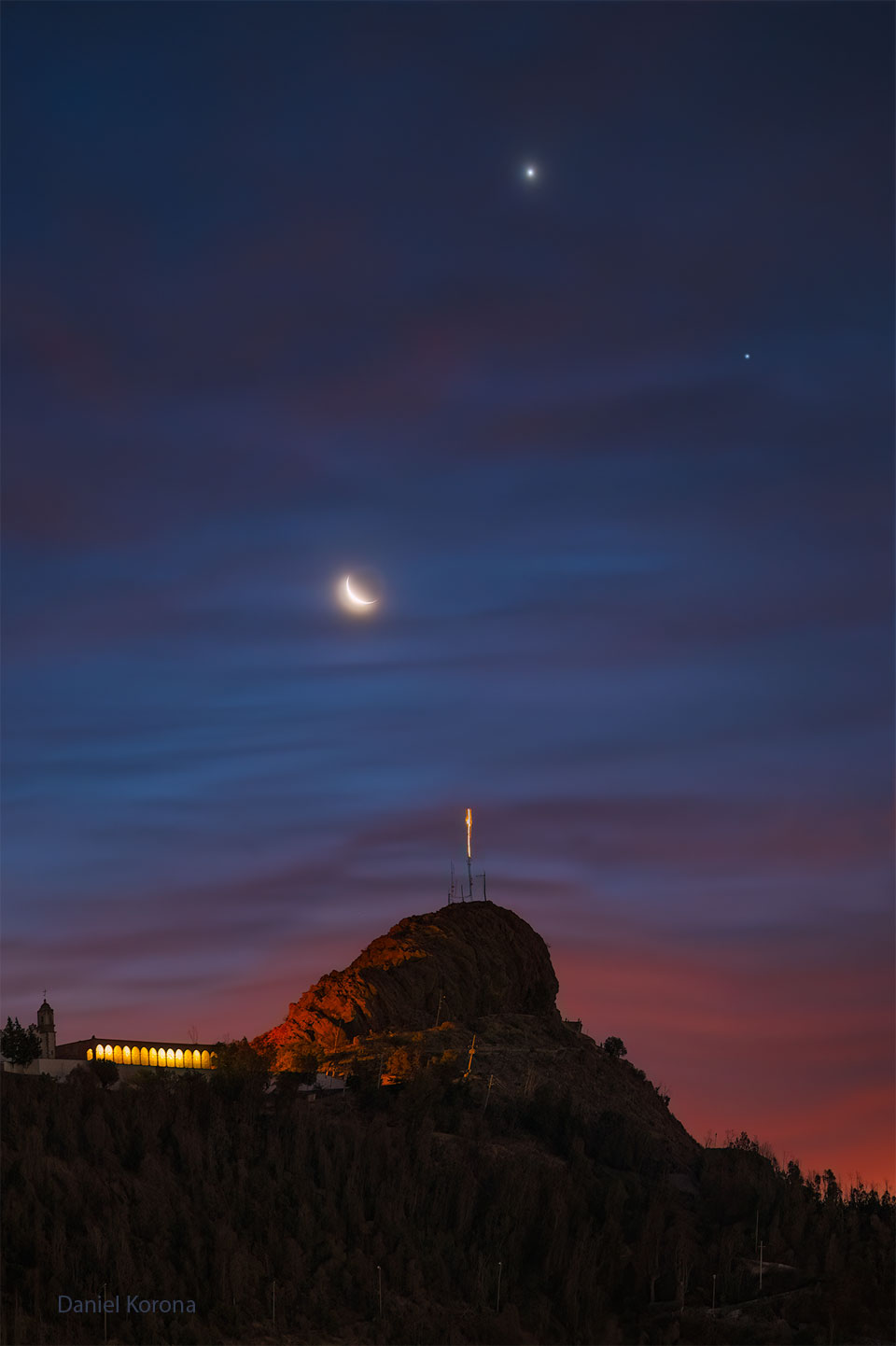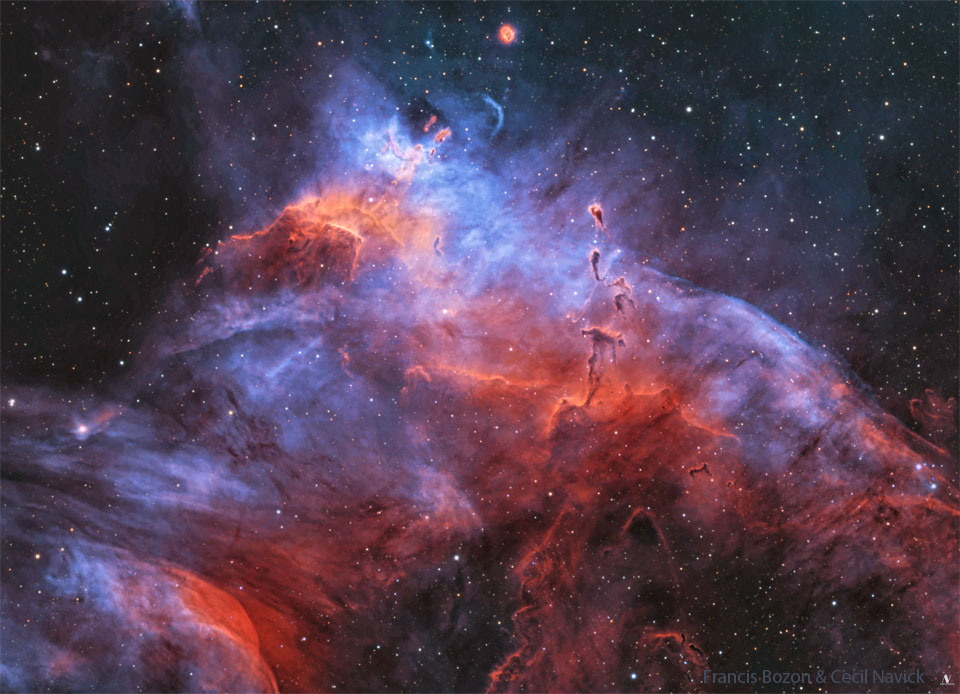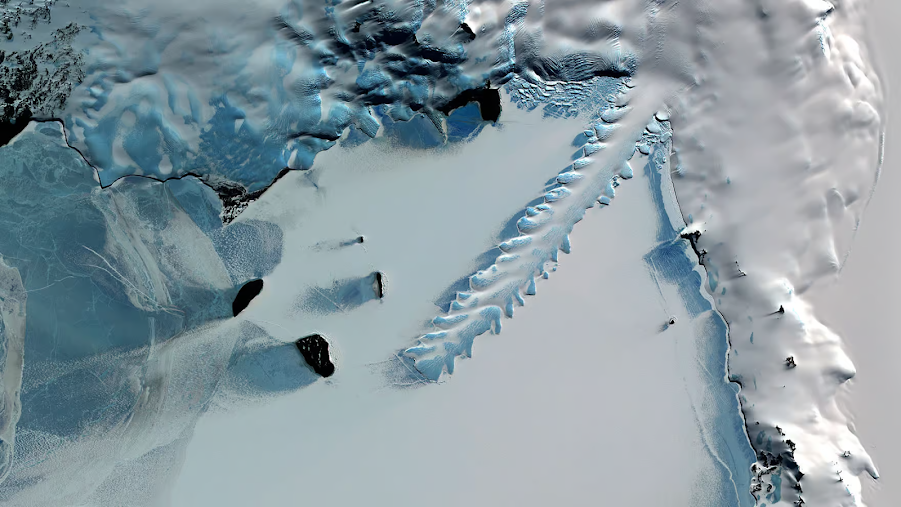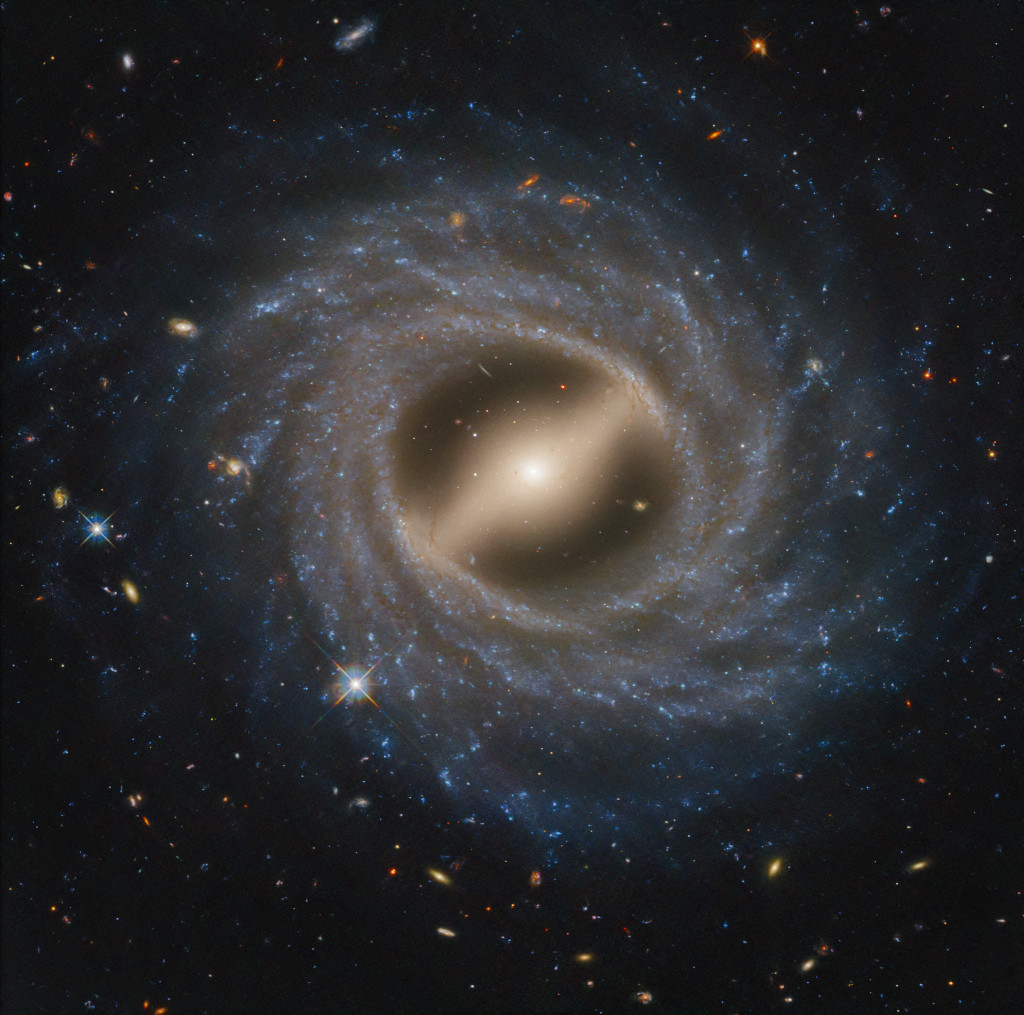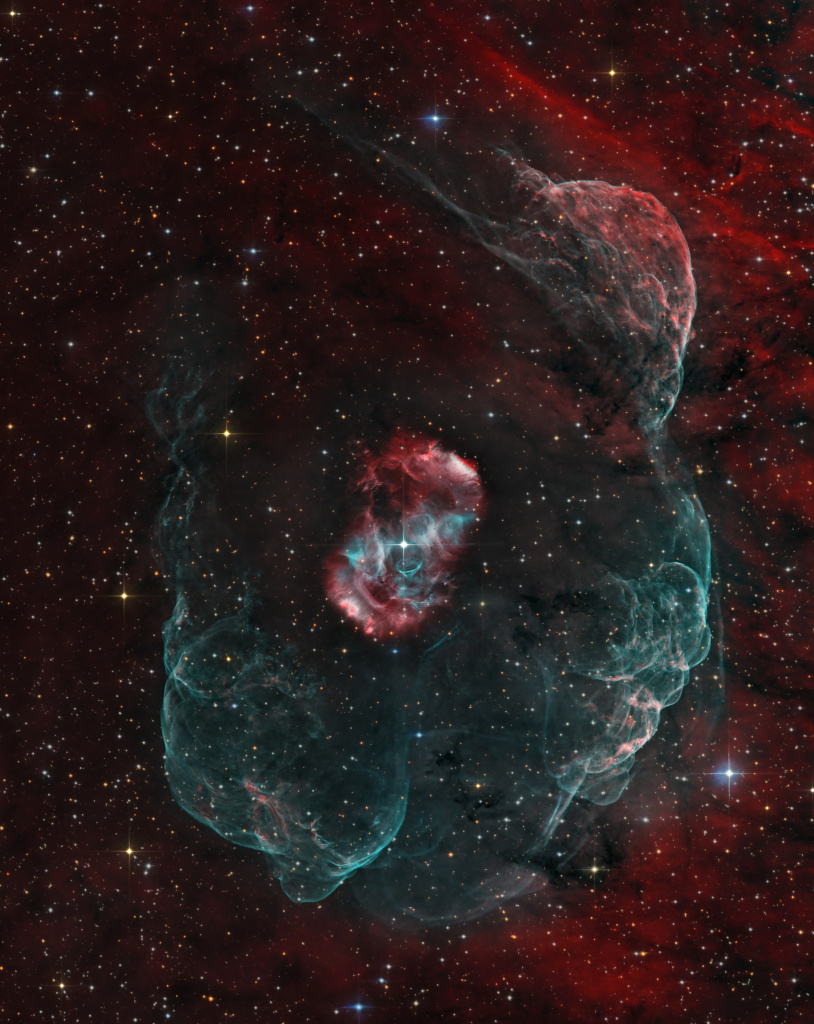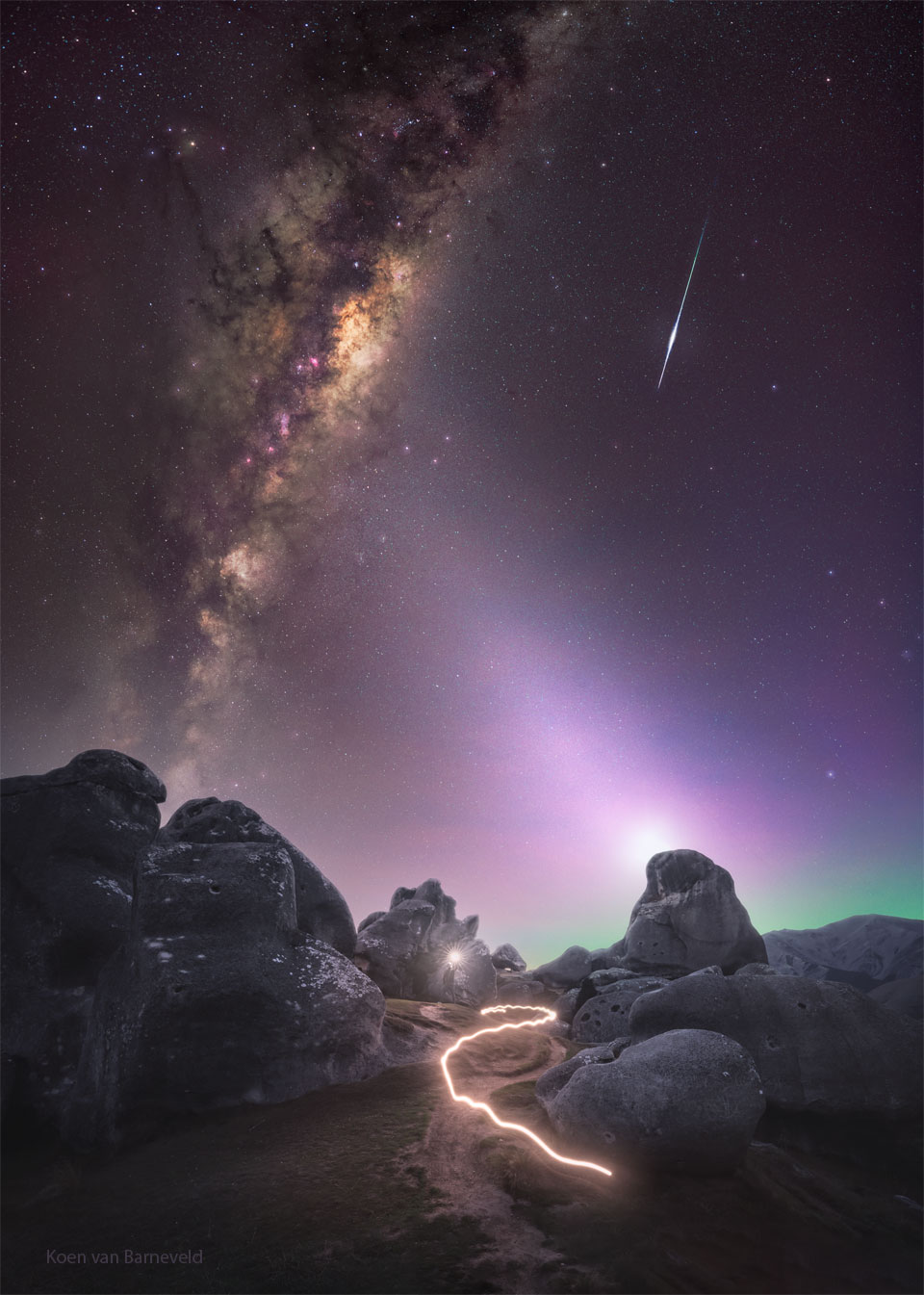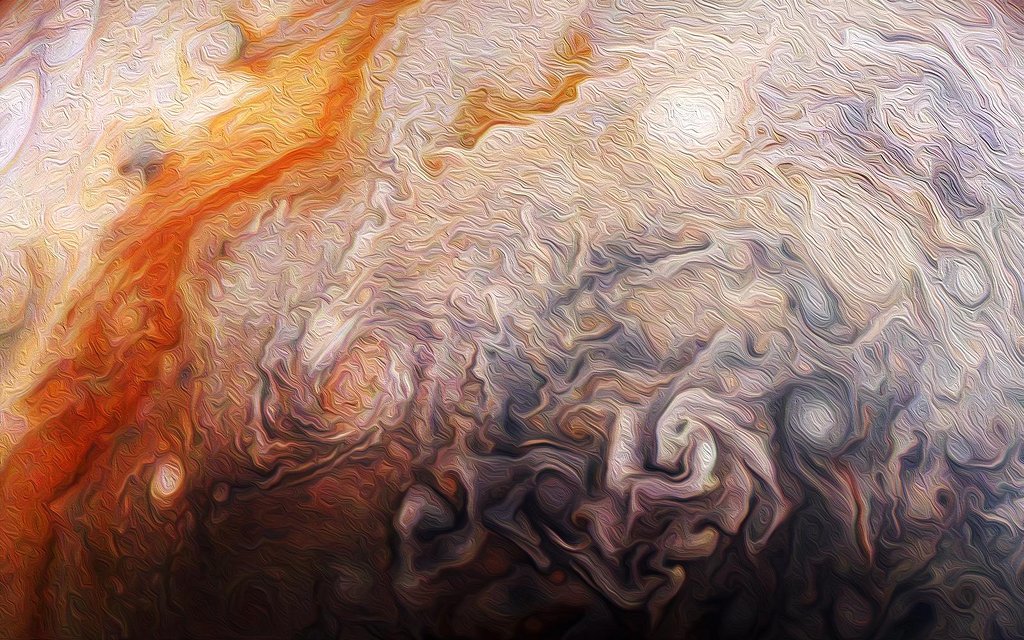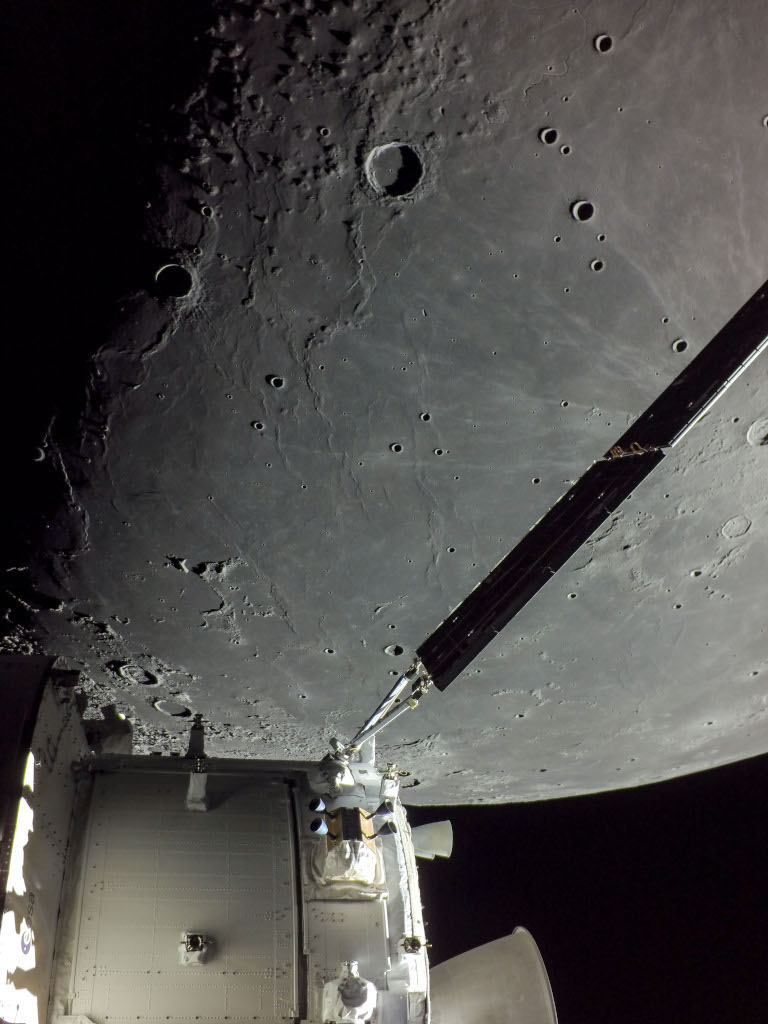L’invisible ennemi à l’intérieur
Helicobacter pylori (H. pylori) : ce nom peut ne pas vous dire grand-chose. Pourtant, cette bactérie, présente chez 50 à 75% de la population mondiale, se cache peut-être en ce moment même dans votre estomac. Un simple mal de ventre pourrait être le signe avant-coureur d’un danger plus grave : le cancer de l’estomac.
Un adversaire silencieux
Ce qui rend le H. pylori particulièrement dangereux, c’est son invisibilité. En fait, seulement 20% des personnes infectées présentent des symptômes. Pour la plupart, la bactérie ne cause aucune maladie. Mais si elle n’est pas traitée, elle peut mener à des problèmes de santé plus graves.
Le H. pylori et le cancer
La bactérie H. pylori ne se contente pas de provoquer une infection de l’estomac ou du duodénum. Au fil du temps, elle peut causer une inflammation chronique de l’estomac, une condition appelée gastrite. Cette irritation peut éroder la paroi de l’estomac, provoquant parfois des ulcères. Pire encore, le H. pylori peut causer certains types de cancers de l’estomac, notamment l’adénocarcinome gastrique et le lymphome MALT (tissu lymphoïde associé à la muqueuse gastrique), une forme rare de lymphome non hodgkinien.
La prévention est la clé
Dr. Saurabh Sethi, un gastro-entérologue formé à Harvard et Stanford, a récemment partagé son expérience de traitement d’un patient atteint d’un cancer de l’estomac, infecté par H. pylori. Dans un post Instagram, il a déclaré : « J’ai traité un patient avec un abdomen distendu et une difficulté à passer les aliments à cause d’une obstruction de l’estomac. » La biopsie a révélé la présence de la bactérie H. pylori. « Malheureusement, le cancer de l’estomac a progressé au point qu’une intervention chirurgicale est nécessaire, impliquant l’ablation de la moitié de l’estomac du patient », a-t-il ajouté.
Si vous présentez des symptômes persistants de brûlures d’estomac ou d’indigestion, n’hésitez pas à vous faire dépister pour le H. pylori. Le Centers for Disease Control and Prevention (CDC) recommande également aux personnes souffrant d’ulcères gastriques ou duodénaux actifs, ou ayant des antécédents d’ulcères, de se faire tester pour H. pylori.
MSN
